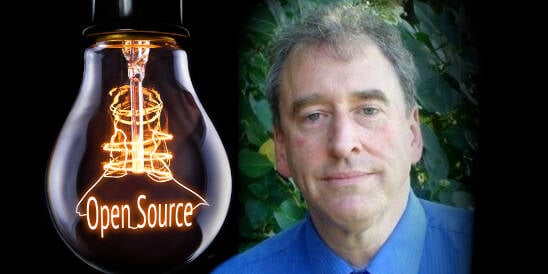Perens says there are several pressing problems that the open source community needs to address.
“First of all, our licenses aren’t working anymore,” he said. “We’ve had enough time that businesses have found all of the loopholes and thus we need to do something new. The GPL is not acting the way the GPL should have done when one-third of all paid-for Linux systems are sold with a GPL circumvention. That’s RHEL.”
Another straw burdening the Open Source camel, Perens writes, “is that Open Source has completely failed to serve the common person. For the most part, if they use us at all they do so through a proprietary software company’s systems, like Apple iOS or Google Android, both of which use Open Source for infrastructure but the apps are mostly proprietary. The common person doesn’t know about Open Source, they don’t know about the freedoms we promote which are increasingly in their interest. Indeed, Open Source is used today to surveil and even oppress them.”
Post-Open, as he describes it, is a bit more involved than Open Source. It would define the corporate relationship with developers to ensure companies paid a fair amount for the benefits they receive. It would remain free for individuals and non-profit, and would entail just one license.
Whether it can or not, Perens argues that the GPL isn’t enough. “The GPL is designed not as a contract but as a license. What Richard Stallman was thinking was he didn’t want to take away anyone’s rights. He only wanted to grant rights. So it’s not a contract. It’s a license. Well, we can’t do that anymore. We need enforceable contract terms.”



I don’t particularly agree with his impression that the average user doesn’t benefit from open source, or that they should know anything about open source.
The only popular operating system that isn’t based on an open source kernel is Windows. Nearly every mobile phone in the entire world is running an open source kernel. And I’d bet that nearly every computer system in the world has at least some open source software running on it.
And who cares whether the average user knows about open source software? The average Blender user doesn’t use it because it’s open source, they use it because it’s the best 3D modeling software. The benefits of open source software are usually what makes it enticing to people who have no idea what open source is.